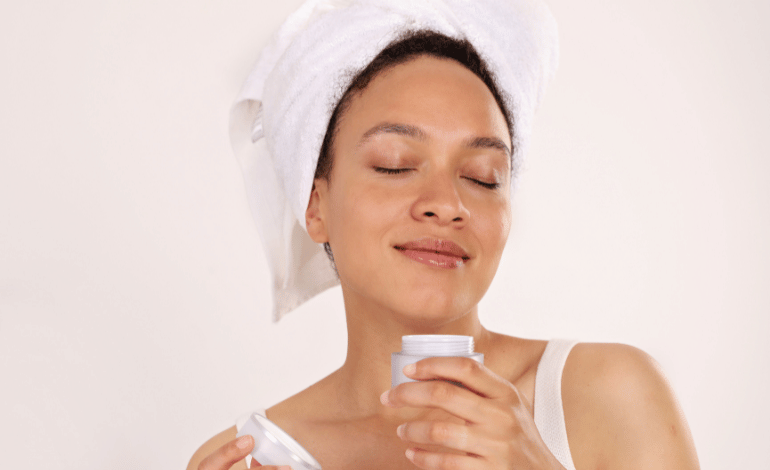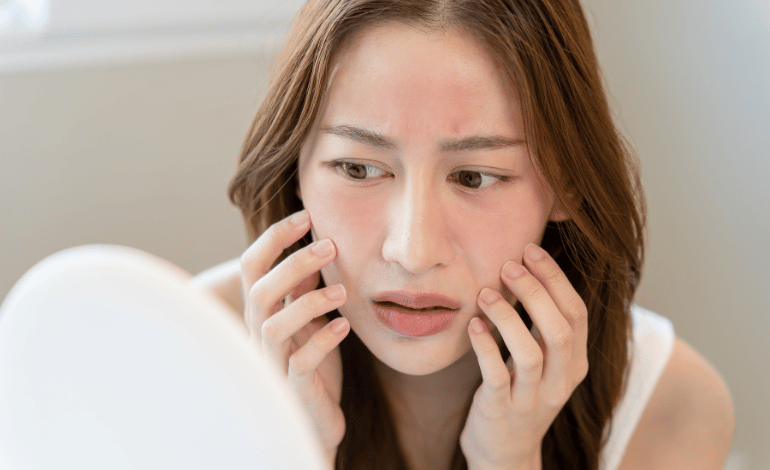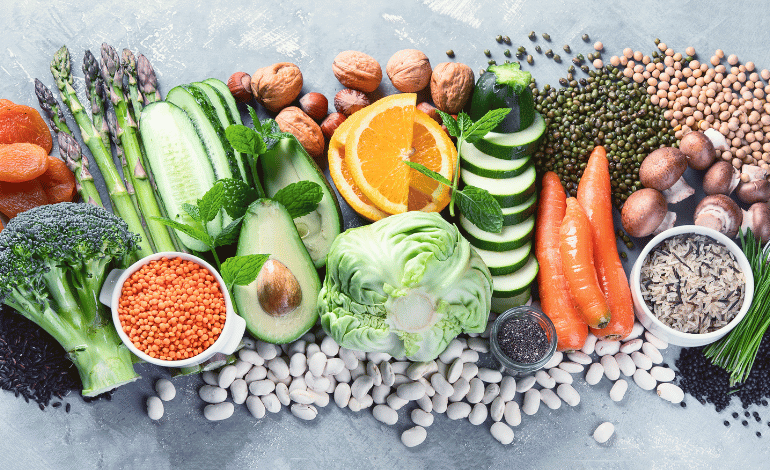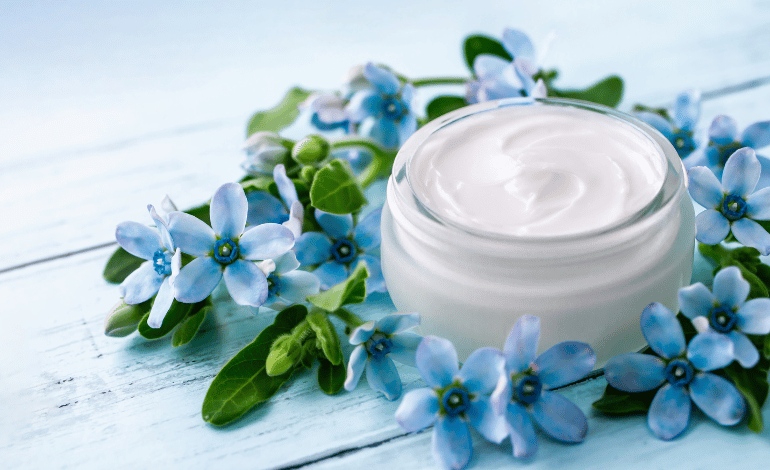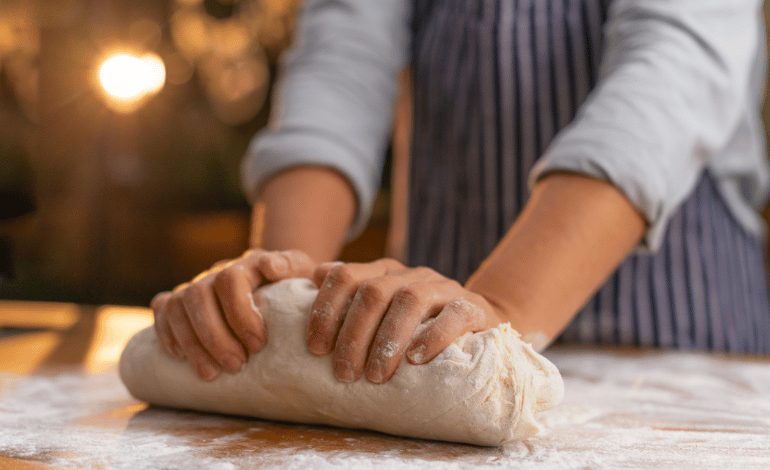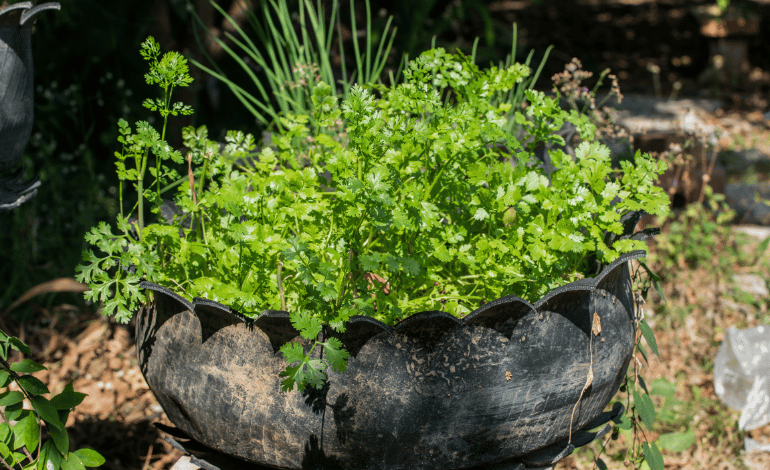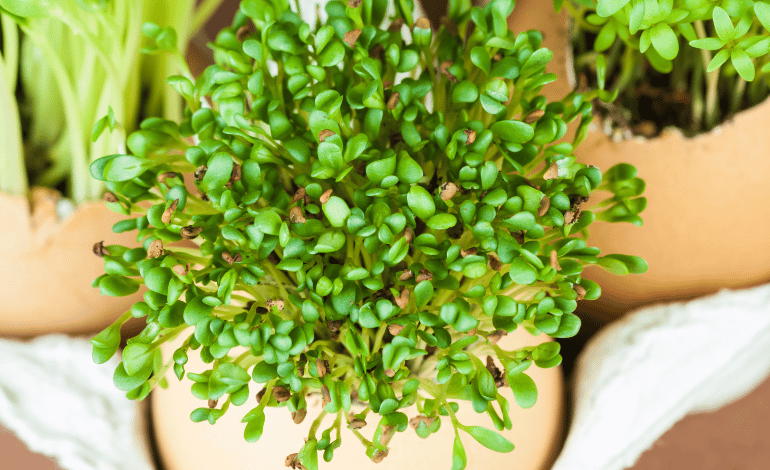Grow Dill Herb in Home Garden
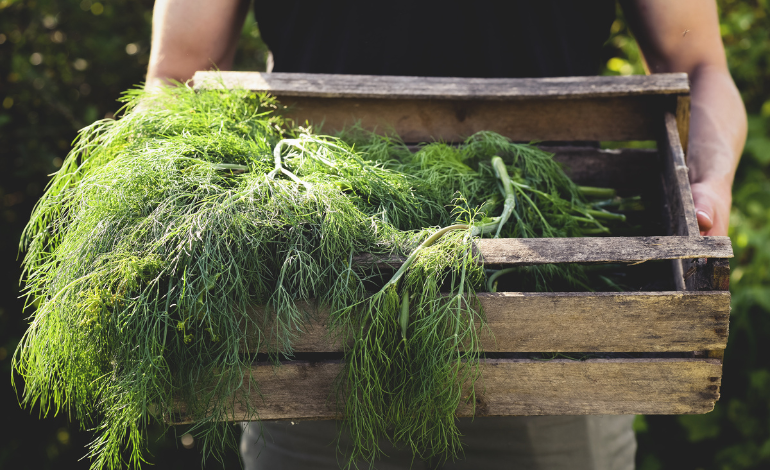
Grow Dill Herb in Home Garden: Dill is an easy-to-grow herb that can add a unique and refreshing flavour to many dishes. Growing dill in your home garden is not only simple, but it can also be a rewarding and enjoyable experience. With just a little bit of planning and care, you can have a fresh supply of dill leaves and seeds to use in your cooking. In this article, we’ll show you how to get started with growing dill in your own small garden, whether you have a spacious backyard or a small balcony.
Steps to grow dill herb in a home garden organically:
1. Choose Right Place and Temperature
Dill is a cool-season herb that thrives in cooler temperatures. The ideal temperature for growing dill is between 60 and 70 degrees Fahrenheit (15 and 21 degrees Celsius). It can be grown outdoors during the cooler months in most regions, but in areas with harsh winters, it is best to grow it indoors or in a greenhouse during the colder months.
If you are growing dill in a warmer climate, it is important to provide some shade during the hottest part of the day to prevent the plant from wilting or drying out. You can also choose to plant dill in a location that gets partial shade during the day to protect it from excessive heat.
Overall, by providing the right temperature and growing conditions, you can easily grow dill herb in your garden or in a container on a balcony or patio.
2. Prepare Soil
Dill herb prefers well-draining soil with a pH of 6.0 to 7.5. Amend the soil with compost, aged manure or other organic matter to improve drainage and fertility. When it comes to growing dill herb in a pot, the right soil mix can make all the difference. Here’s a basic recipe for a soil mix that works well for planting dill herb seeds in a pot:
Soil: Start with a good quality potting soil that is well-draining and free of any harmful chemicals or additives. A soil pH of 6.0 to 7.0 is ideal for dill herb.
Compost: Add some compost to the potting soil mix to improve soil fertility and texture. Compost is rich in organic matter and essential nutrients that are beneficial for plant growth. You can use homemade compost or buy it from a garden center.
Cocopeat: Cocopeat or coir fiber is a natural, organic alternative to peat moss. It helps to retain moisture in the soil and improve soil structure. You can substitute cocopeat with perlite or vermiculite.
A good proportion of these three ingredients for dill herb would be: 60% potting soil, 20% compost and 20% cocopeat.
Mix the ingredients together thoroughly to create a well-blended mix. This mix will provide the right balance of nutrients, drainage, and moisture retention to support the growth of dill herb seeds in a pot.
3. Choose Pot or Container
When it comes to growing
Size: Dill plants can grow quite tall, up to 3 feet, and have a deep root system, so choose a pot that is at least 12 inches deep and 12 inches wide.
Material: Dill can be grown in a variety of materials, including plastic, terracotta, and ceramic. However, terracotta is a good choice as it is porous and allows for better drainage, which helps prevent overwatering.
Drainage: Make sure the pot has drainage holes to allow excess water to escape. Dill does not like to be waterlogged and can develop root rot if the soil is too moist.
Location: Dill requires at least 6 hours of sunlight per day, so place the pot in a sunny location. If you are growing dill indoors, make sure it is near a window that receives plenty of sunlight.
4. Sow the Seeds
Sowing dill herb seeds in a pot is a simple process that can be done in a few easy steps. Here is a guide on how to sow dill herb seeds in a pot:
Fill the pot with high-quality potting soil, leaving about an inch of space at the top. Moisten the soil with water until it is evenly moist but not waterlogged and sprinkle dill seeds over the surface of the soil. Space the seeds about 1 inch apart. Cover the seeds with a thin layer of soil, about ¼ inch deep. Gently press down on the soil to ensure good seed-to-soil contact. Water the soil lightly, being careful not to wash away the seeds.
Cover the pot with plastic wrap or a clear plastic lid to create a humid environment that will help the seeds germinate. Place the pot in a warm, sunny location, such as a windowsill or greenhouse. Dill seeds require a temperature of 60-70°F to germinate. Keep the soil moist but not waterlogged. Water when the top of the soil feels dry to the touch.
Once the seedlings have emerged and developed their first set of true leaves, thin them out to about 6 inches apart to give them room to grow.
5. Water the Plants
Watering dill herb after sowing seeds is important for the seeds to germinate and for the seedlings to grow. Water the soil lightly immediately after sowing the seeds. This will ensure that the soil is evenly moist but not waterlogged. Here are some tips on watering dill herb after sowing seeds:
- Check the soil moisture regularly – Dill seeds require consistent moisture to germinate and seedlings require consistent moisture to grow. Check the top inch of soil with your finger – if it feels dry to the touch, it’s time to water.
- Water the soil slowly and deeply – Use a watering can with a fine spray or a drip irrigation system to water the soil slowly and deeply. Avoid pouring water directly onto the seeds or seedlings, as this can dislodge them or wash them away.
- Avoid overwatering – Dill herb does not like to be waterlogged and can develop root rot if the soil is too moist. Water only when the soil is dry to the touch.
- Water in the morning – Watering in the morning allows the soil to dry out during the day, which can help prevent fungal diseases.
6. Fertilize the Plants
Dill herb is a light feeder and does not require heavy fertilization. However, fertilizing can help to promote healthy growth and a bountiful harvest. Here are some tips on fertilizing dill herb:
- Use Organic Fertilizers: Dill herb responds well to organic fertilizers, such as compost, aged manure, and bone meal. These fertilizers are slow-release and provide a steady supply of nutrients to the plants.
- Apply fertilizer Sparingly: Apply a small amount of fertilizer to the soil around the dill herb plants, avoiding contact with the leaves and stems. Apply once a month during the growing season, starting from when the plants are about 6 inches tall.
- Use a Balanced Fertilizer: Dill herb requires a balanced fertilizer with an equal ratio of nitrogen, phosphorus, and potassium. Look for an organic fertilizer with a balanced NPK ratio, such as 10-10-10 or 5-5-5.
- Top-Dress With Compost: Top-dressing with compost is an excellent way to fertilize dill herb. Apply a thin layer of compost around the plants and work it into the soil gently.
- Avoid Over-Fertilizing: Over-fertilizing can cause excessive foliage growth and reduce the flavor of the dill herb leaves. Follow the recommended application rates on the fertilizer package and avoid using synthetic fertilizers that can burn the plants.
By following these tips, you can fertilize your dill herb plants effectively and help promote healthy growth and a bountiful harvest of flavorful and beneficial herb.
7. Mulch the Plants
Mulch around the dill herb plants with organic material such as straw or dried leaves. This will help retain moisture in the soil, suppress weeds and provide nutrients to the plants as the mulch decomposes.
8. Control Pests and Diseases:
Dill herb is generally resistant to pests and diseases, but it can be susceptible to aphids, spider mites and powdery mildew. Use organic methods such as handpicking or spraying with insecticidal soap to control pests. Use organic fungicides to control diseases.
9. Harvest the Plants:
Harvest the dill herb leaves when they are mature and have a strong aroma. Cut the stems about an inch above the soil with sharp scissors or shears. Avoid harvesting more than a third of the plant at a time, as this can damage the plant.
The time it takes to harvest dill herb will depend on several factors, such as the growing conditions, the specific variety of dill, and whether you are harvesting the leaves or the seeds. In general, dill herb plants can be harvested for their leaves once they have reached a height of 6 inches, which can take about 6-8 weeks from the time the seeds were sown. You can continue to harvest the leaves throughout the growing season, as needed.
If you are harvesting the seeds, you will need to wait until the flowers have started to dry and turn brown, which can take about 90-100 days from the time the seeds were sown. Once the seeds have matured, you can cut the entire stem and hang it upside down in a paper bag to collect the seeds. This process can take several days to a week, depending on the humidity levels in your area. Overall, with proper care and attention, you can expect to harvest dill herb leaves and seeds within a few months of sowing the seeds.
In conclusion, growing dill herb in a home garden is a simple and rewarding experience that can add a fresh and unique flavor to many dishes. Dill can be grown in a small garden, even on a small balcony, and requires little maintenance beyond basic care and watering. With just a little bit of effort, you can enjoy a bountiful supply of fresh dill leaves and seeds throughout the growing season. So why not give it a try and start growing dill in your own home garden today? Your taste buds will thank you!
Know More About Dill Herb Leaves
FAQs
Q1. When is the best time to sow dill herb seeds in a home garden?
Ans. The best time to sow dill herb seeds in a home garden is in early spring, after the last frost date. Dill herb prefers cool temperatures and will grow best when temperatures are between 60-70°F.
Q2. How often should I water my dill herb plants in a home garden?
Ans. Dill herb prefers moist but well-drained soil. Water your dill herb plants deeply once a week, or more frequently if the soil is dry to the touch. Avoid overwatering, as this can cause root rot.
Q3. Can dill herb be grown in containers?
Ans. Yes, dill herb can be grown in containers. Choose a container that is at least 8 inches deep and 12 inches wide and fill it with well-draining potting soil. Water your dill herb plants regularly and fertilize them once a month with an organic fertilizer.
Q4. How long does it take for dill herb to mature?
Ans. Dill herb typically takes about 60-90 days to mature from seed. However, you can start harvesting the leaves once the plant has reached about 6 inches tall.
Q5. How can I prevent pests and diseases from affecting my dill herb plants in a home garden?
Ans. To prevent pests and diseases from affecting your dill herb plants, make sure to plant them in well-draining soil and provide them with plenty of sunlight and air circulation. Keep the area around the plants clean and free of debris, and remove any dead or diseased foliage promptly. You can also use organic pest control methods, such as spraying the plants with a mixture of water and soap, or planting companion plants that repel pests.

